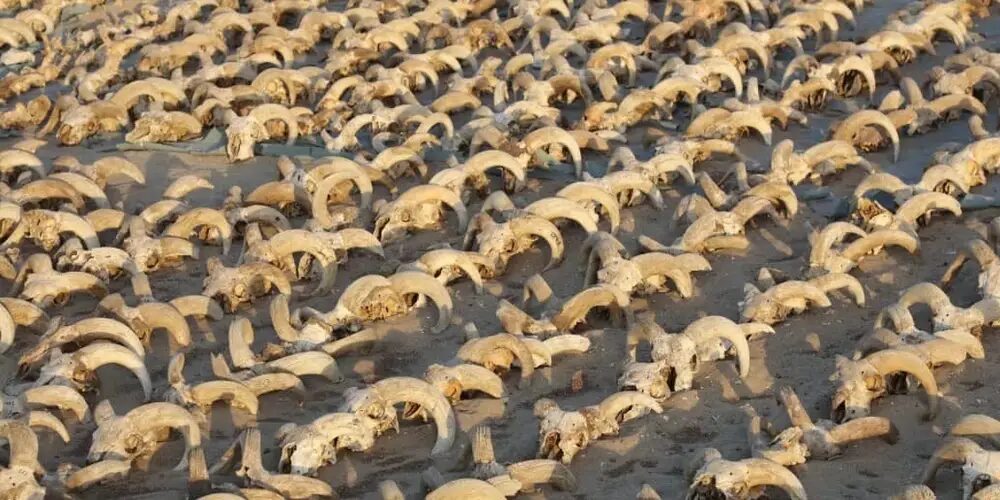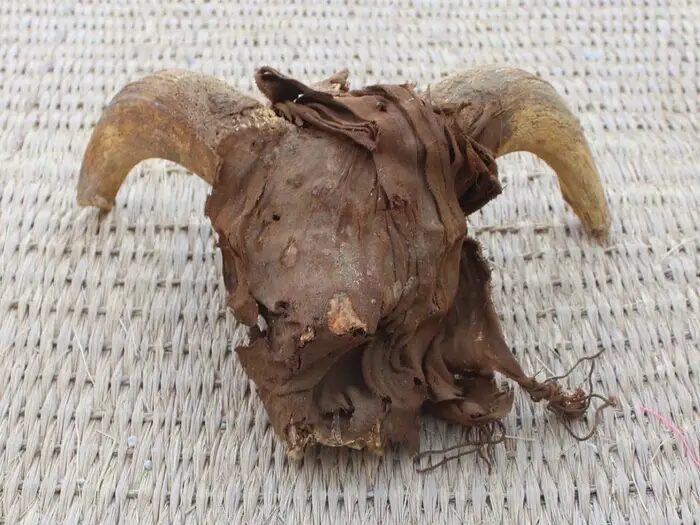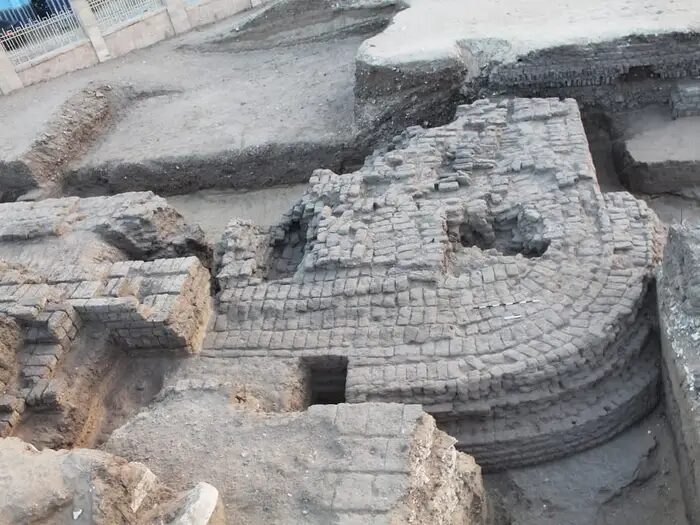
© Egyptian Ministry of Tourism and AntiquitiesSome of the 2,000 ram heads discovered in Egypt.
The finds, located roughly 270 miles south of Cairo, come from a period of over 1,000 years, from the Sixth Dynasty to the Heroic Age, making some of the discoveries over 4,300 years old.
In addition to the ancient ram's head, archaeologists from the University of New York
also discovered a group of mummified dogs, wild goats, cows, deer and an ostrich.The mummified remains are believed to have been left at the site to honor Ramses II about 1,000 years after his death, the Egyptian Ministry for Tourism and Antiquities
said.
It is thought that the rams and other animals would have been used as offerings during worship of the rams in Abydus during the Bipidus period, Dr Sameh Iskandar, head of the mission added in a statement.

© Egyptian Ministry of Tourism and AntiquitiesOne of the ancient ram heads discovered.
In addition to the wealth of animal remains, the archaeological team also uncovered a "huge building" with walls roughly five meters thick from the Old Kingdom's sixth dynasty.
The structure contained a number of statues, tree remains, leather shoes, clothing, and papyri.
The discovery could help "reestablish the sense of the ancient landscape of Abydos before the construction of the Ramses II temple," Iskandar said,
per Reuters.

© The Egyptian Ministry of Antiquities/Handout via REUTERSView of a new area uncovered by a team from New York University- Institute for the Study of the Ancient World (ISAW) at the temple of Ramesses II in Abydos, Sohag Governorate, Egypt, in this handout image released on March 25, 2023.
I'd believe given the nature of Egyptian philosophy that such a hoard was so assembled to ensure dead Ramses had something to eat in the afterlife.